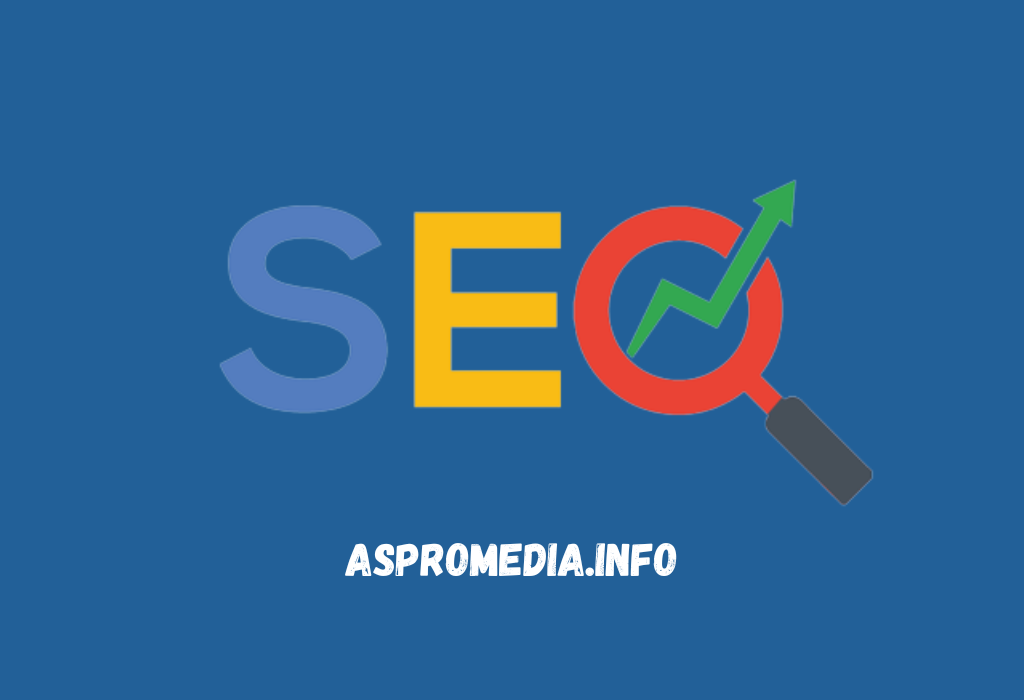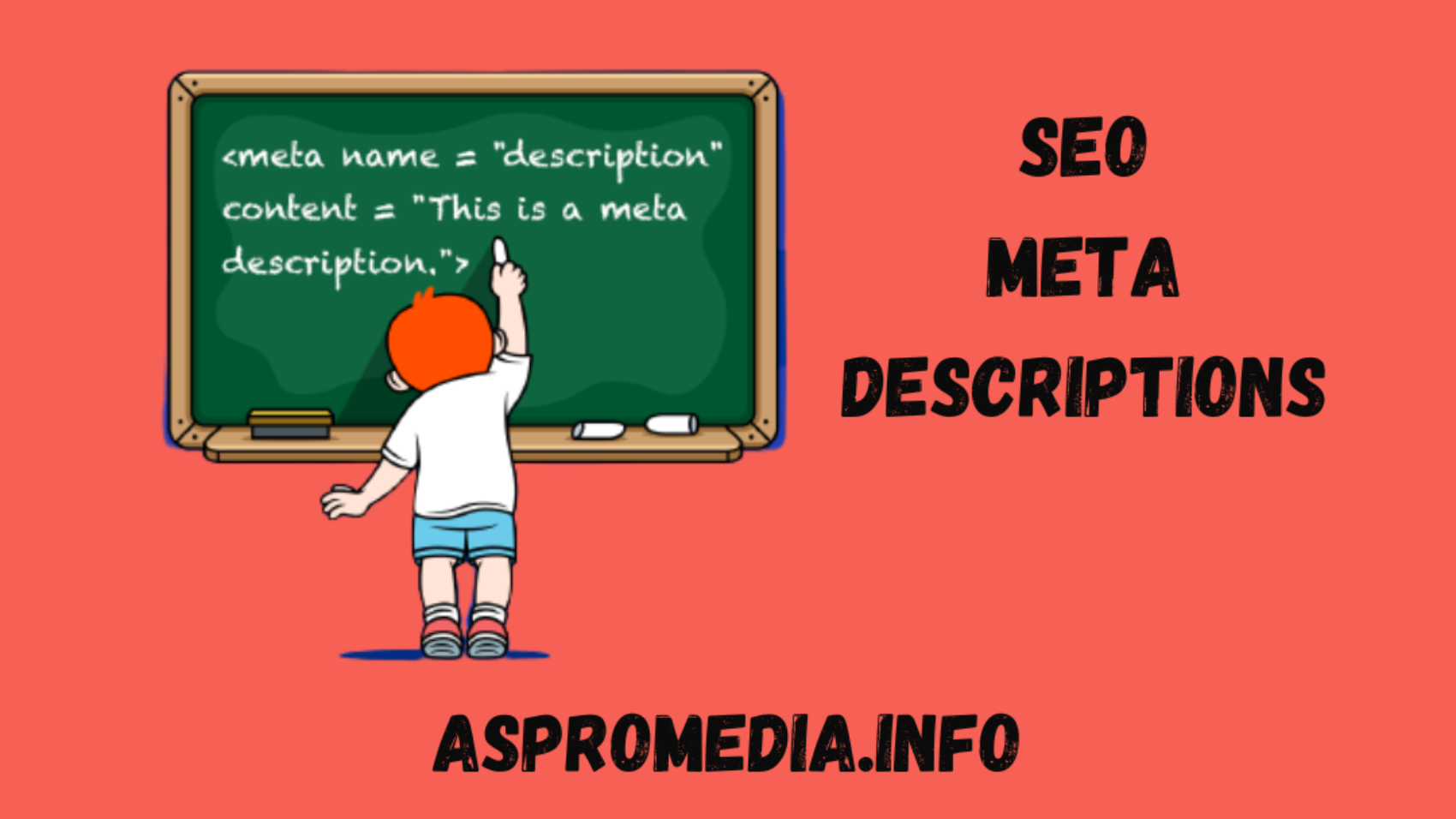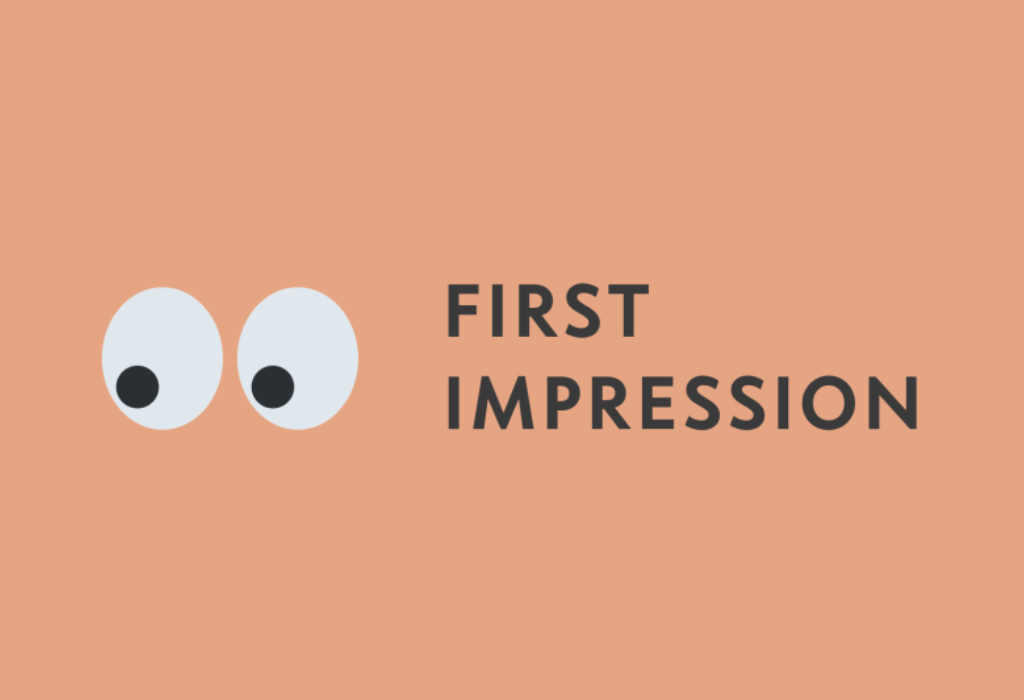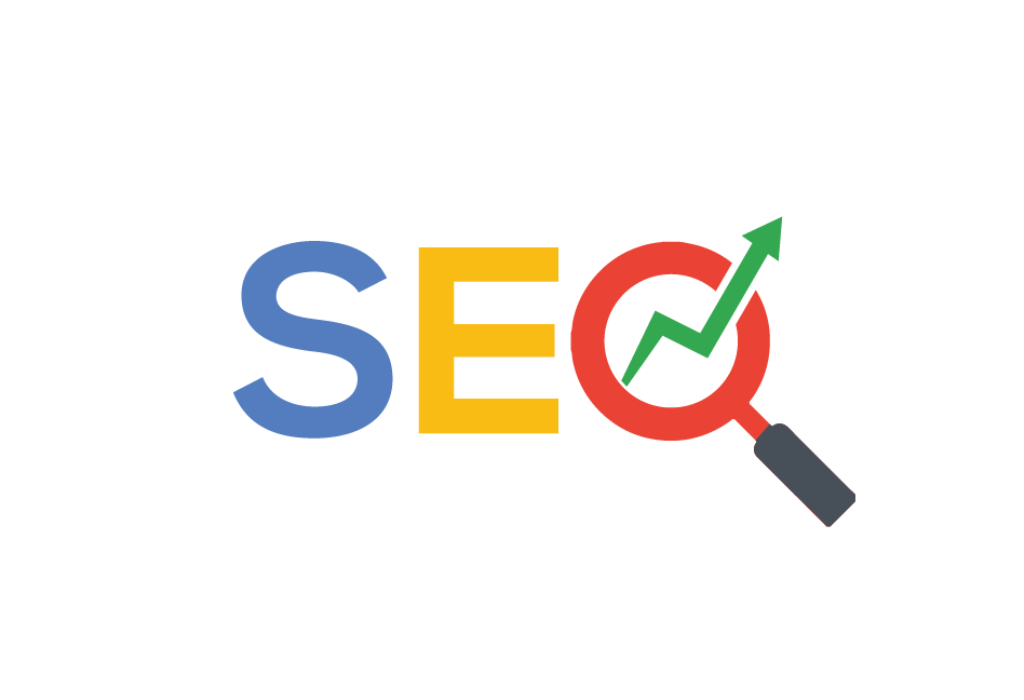In today’s digital landscape dominate SEO, where online visibility can make or break a business, mastering advanced SEO techniques is crucial to ensure your website ranks high on search engine results pages (SERPs). Search Engine Optimization (SEO) isn’t just about incorporating keywords into your content; it’s a comprehensive strategy that requires a deep understanding of search algorithms, user intent, and content quality. In this article, we’ll delve into the world of advanced techniques to dominate SEO and helps you take your website’s ranking to the next level and outshine your competition. to know about keyword trend must check google trends.
1. Understanding the Dynamics of Search Algorithms

To dominate SEO, one must grasp the ever-evolving nature of search algorithms. Algorithms like Google’s PageRank consider various factors to rank websites. Staying updated with algorithm changes is key.
2. User Intent: The Core of SEO Strategy

Catering to user intent leads to higher engagement. Align your content with what users seek, providing answers and solutions, not just keywords.
3. E-A-T: Expertise, Authoritativeness, Trustworthiness
Search engines value E-A-T. Establish your authority through well-researched, accurate content and showcase expertise to gain trust and dominate SEO.
4. Technical SEO: The Foundation of Your Website
A solid technical foundation ensures search engines can crawl and index your site effectively. Optimize site speed, fix broken links, and create a user-friendly experience to dominate SEO.
5. Mobile Optimization: Capturing the On-the-Go Audience
With mobile searches surpassing desktop, optimize your site for mobile devices. Responsive design and fast loading are vital.
6. High-Quality and Engaging Content is Still King
Content remains the cornerstone of SEO. Craft valuable, engaging, and shareable content that naturally attracts backlinks. to analyse backlinks their is tool called Ahref must check it.
7. Mastering On-Page Optimization
to dominate SEO On-page SEO is about optimizing individual pages. Utilize proper headings, optimize meta tags, and integrate keywords thoughtfully.
8. Backlink Building Reimagined

Quality over quantity is the new norm for backlinks. Focus on earning authoritative and relevant backlinks to boost credibility.
9. Dominate SEO for Local Targeted Visibility
Local businesses must optimize for local searches. Claim your Google My Business listing and gather local reviews.
10. The Power of Voice Search
With the rise of voice assistants, optimize for voice search queries. Use natural language and consider long-tail keywords.
11. Featured Snippets: The New Frontier
Featured snippets provide concise answers to user queries. Structure your content to appear in position zero.
12. User Experience and Dwell Time
User experience matters. A user-friendly site with longer dwell times can signal valuable content to search engines.
13. Site Speed and Its Impact on Rankings
Slow sites deter users and search engines. Compress images, leverage browser caching, and optimize code for speed.
14. Data Markup: Structured Data for Enhanced CTR
Structured data helps search engines understand your content better. Implement schema markup for rich snippets and higher Click-Through Rates (CTR).
15. Continuous Monitoring and Adaptation
SEO is an ongoing process. Monitor your rankings, track user behavior, and adapt your strategies accordingly.
Conclusion
In the competitive digital landscape, mastering advanced SEO techniques to dominate SEO is the key to standing out and driving organic traffic. By understanding the nuances of search algorithms, aligning with user intent, and focusing on technical excellence, you can achieve higher rankings and sustained online success. click here to know more about digital marketing.
FAQs
Q1: How long does it take to see SEO results?
SEO results can vary, but significant changes might take several months to become noticeable.
Q2: Is mobile optimization really necessary?
Absolutely. With mobile-first indexing, mobile optimization is crucial for ranking and user experience.
Q3: Can I ignore backlinks and focus only on content?
Backlinks still play a vital role in SEO. High-quality content combined with authoritative backlinks yields the best results.
Q4: What’s the role of social media in SEO?
While not a direct ranking factor, social media helps increase brand visibility and can indirectly impact SEO.
Q5: Is voice search the future of SEO?
Voice search is gaining prominence, so optimizing for voice search is a smart strategy for the future.









